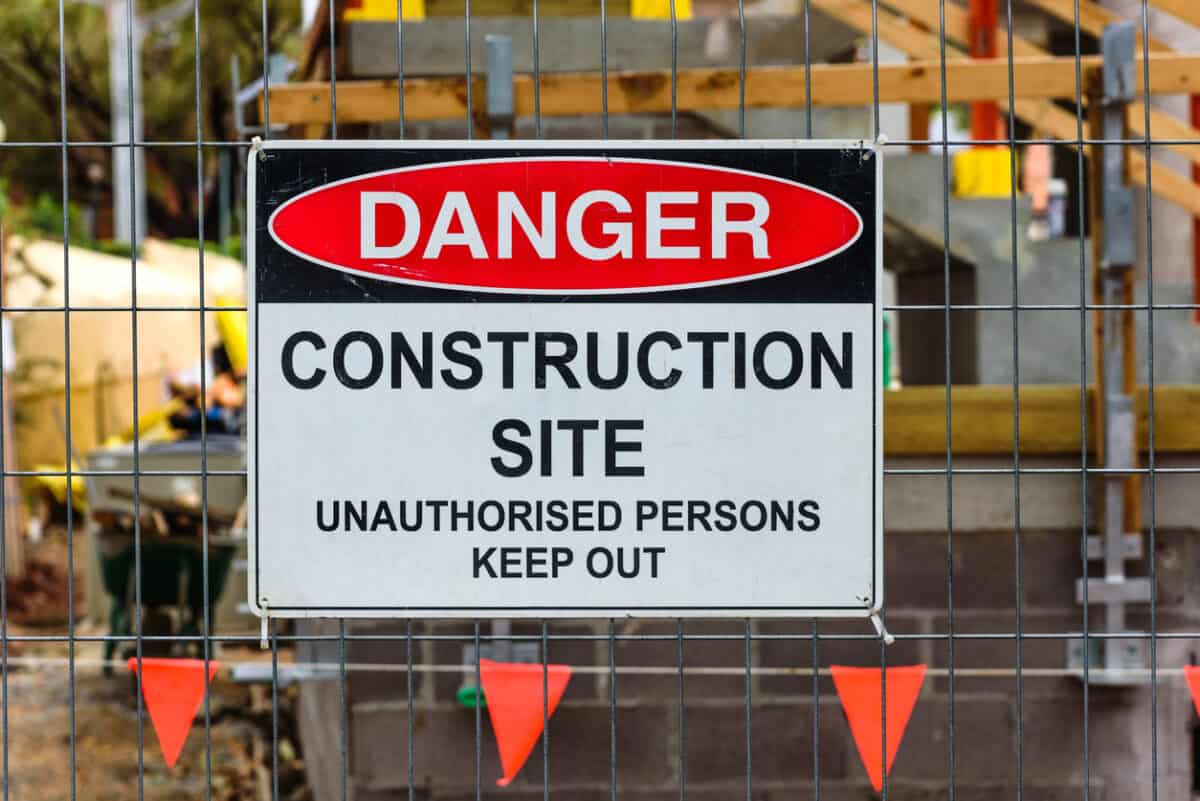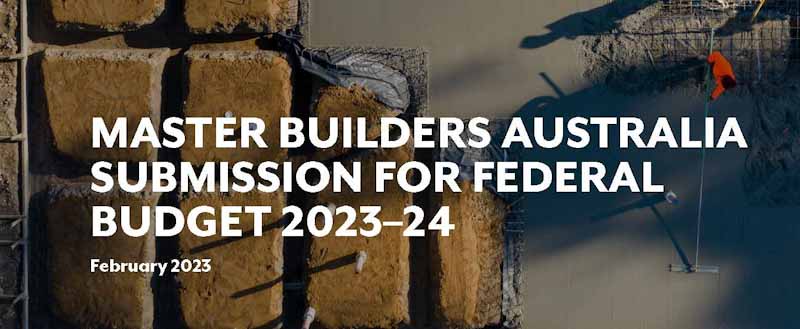When Australia harmonised its occupational health and safety (OHS) laws, the management focus broadened to include work, and not just workplaces. Some “knowledge” or white-collar work can be done anywhere, and employers have often struggled to understand how to extend their OHS management systems and duties to apply to this revised or expanded system of work. Current OHS guidance on working from home is too “big picture” when employers are addressing localised decisions.
Category: SafeWork
Industrial Manslaughter comes to South Australia…. finally
South Australia is the latest Australian jurisdiction to introduce Industrial Manslaughter penalties. The magnitude of the potential penalties is reasonable, given that they come from an employer’s reckless conduct that leads to a fatality. However, many of the deterrent and preventive impacts expected by politicians and advocates have not been proven.
The Australian Broadcasting Corporation has an excellent article on the South Australian action.
Mental health at work – “plus ça change, plus c’est la même chose”
Psychological health in the workplace seems to be a recent phenomenon because various Australian jurisdictions are strengthening prevention and management strategies through legislative amendments. This is supported by the World Health Organization’s definition of burnout as an occupational phenomenon. But psychological or psychosocial health and safety at work was a concern last century. In fact, The Australian Psychological Society conducted the First National Conference on Occupational Stress in June 1994, and the book, edited by the late Dr Peter Cotton, based on the papers and presentations from the conference, remains remarkably topical and absent of the well-being language and spin that we have been exposed to since.
Work mental health and construction industry negotiations
Australian trade unions are in a difficult position on the matter of workplace mental health. New regulations require employers and, to a lesser extent, workers to act on a positive duty to prevent psychosocial harm. However, how does one achieve the necessary changes without being financially penalised?
Recently, the Victorian Secretary of the Construction, Forestry, Maritime, Mining and Energy Union (CFMEU), John Setka, granted The Australian newspaper’s Workplace Editor, Ewin Hannan, an exclusive interview (paywalled) in which occupational health and safety (OHS) was discussed.
Any OHS strategy needs to generate spillovers
Reading Safe Work Australia’s latest ten-year strategy forced me to think creatively.
SWA’s discussion of Persistent Challenges suggests controls that are almost all at the Administrative Control level – education, awareness, knowledge, training, understanding, support, communication and more. This is after admitting that:
“Injury and fatality rates have fallen significantly over the last decade. However, progress has slowed.”
Page 5
How can we increase the use of the Hierarchy of Controls (HoC) in determining safety-related policy? How can we get organisations to progress up the control hierarchy to show others that it is possible to prevent all of the incidents that everyone agrees are preventable? (Refer to WorkSafe Victoria’s Colin Radford for a recent example of this belief:
“Every workplace incident, every injury, every illness, every death is entirely unequivocally preventable.”)
Odd OHS comments from the Master Builders
Every year the Australian government releases a budget explaining what it plans to do over the next 12 months or longer. Business groups and trade unions often release documents submitted to the government, although whether the government requests this is unclear. Recently the Master Builders of Australia (MBA) sent through its submission (not yet publicly available). It has some interesting comments on the responsibility for occupational health and safety (OHS) and responsibility.
Engineered stone and deadly silica risks seem here to stay
So Australia did not ban the importation of engineered stone. The Heads of Workplace Safety Authorities (HWSA) have issued a Communique and a joint media release outlining their decision. It’s a political slap in the face to the trade unions who went hard on the ban.
Many organisations supported the call to ban the importation and use of engineered stone due to the unacceptable risk associated with cutting the product. Many were strident in need for the ban. Even the Federal Minister for Workplace Relations, Tony Burke, was talking tough on the morning of the critical meeting of the Heads of Workplace Safety Authorities. So what went wrong?






